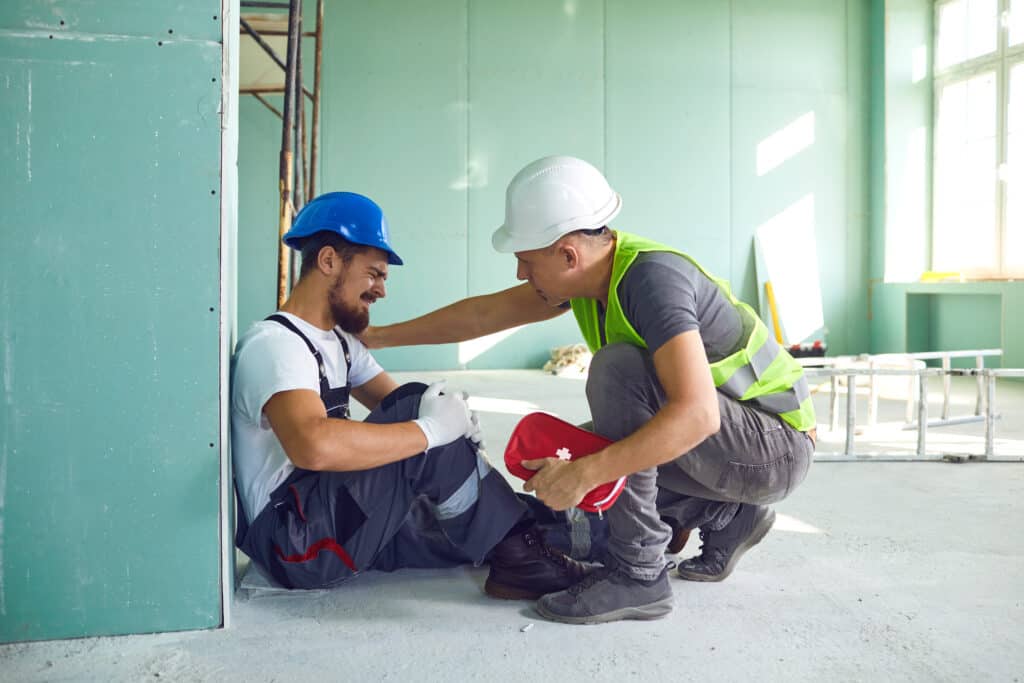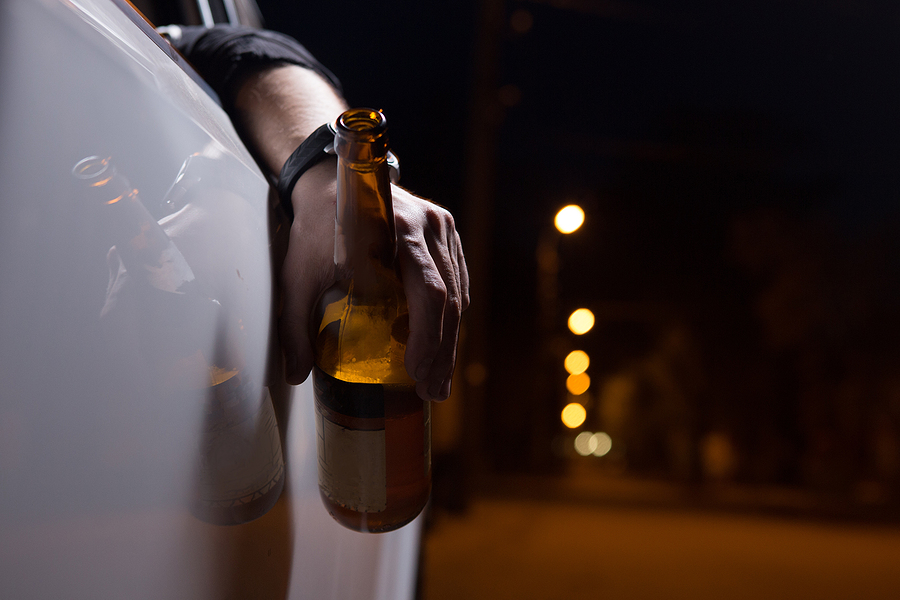What are New York’s Recording Laws?
In the United States, each state has its own laws regarding audio and visual recording and the admissibility of those recordings in court based on consent by one or all parties involved. New York State is a one-party consent state. This means that consent to record audio or video footage is admissible in court if only one person is aware and grants this permission.
Audio recordings that are obtained without consent from any involved party are considered a Class E felony, violating New York’s wiretapping laws, and may be punishable by up to four years in prison and a $5,000 fine.
What are Possible Sources of Surveillance Footage?
In today’s media-centric society, there is no shortage of opportunities for a conversation, argument, or interaction to be recorded. The following list provides examples of recording avenues to be aware of:
- Webcam footage
- Security cameras at government buildings, businesses, or private homes
- Traffic and toll-booth cameras
- Red-light cameras
- License plate readers
- Patrol-car cameras
- Body-worn cameras
- Law enforcement interviews of witnesses and suspects
- Social media providers and screen captures
- Forensic searches from digital devices
What are the Benefits of Surveillance Footage?
Surveillance footage typically provides only a small piece of the bigger picture, and most attorneys are aware of this. However, it can be a very valuable tool when used correctly, as illustrated by the following list of benefits:
- Footage can be effectively incorporated into opening and closing arguments, such as to emphasize critical parts of a recorded confession
- Footage can be incorporated into a slideshow presentation or other trial presentation software
- Still images can be captured, printed, and used as supplemental exhibits
- In-court identification can be made of the defendant as the perpetrator
- Can potentially capture the identified perpetrator in the commission of the crime
- Footage can corroborate eyewitness testimony
- Footage may be used to discredit defense witness testimony
What Challenges Accompany Surveillance Footage Use?
From resource management to authenticity, surveillance footage is not a simple topic. With terabytes of information available, adequate storage and the resources for that storage are quickly overwhelming existing infrastructure. Additionally, there are procedural issues, such as securing the workforce required to sort through this information. Other challenges associated with surveillance footage include but are not limited to the following:
- Securing the proper video or audio player and codecs on the court computer
- Ensuring the time and resources needed to review the footage
- Obtaining adequate storage for the files
- Development of the processes and protocols for the storage of footage
- Redacting the footage for privacy and legal challenges
- Allocating ample time for discovery, which is a time-sensitive process that involves redacting, rendering, and creating copies of all discoverable evidence
- Procuring necessary equipment and software needed to review, process, prepare, and share audio and video footage
- Ensuring sufficient technical and legal training of personnel that is required in order to comply with the constitutional disclosure requirements and other relevant law
- Responding to the novel legal challenges that are related to the use of surveillance evidence
- Preserving and storing video evidence for appeal
When is Surveillance Footage Considered Admissible Evidence?
When determining if surveilled footage is admissible, the court will ask several questions, such as:
- Is the video relevant to the case? A judge will likely impose lenient parameters when determining relevance in a criminal domestic violence case. Footage may be applicable when it helps to explain any element of a crime or its defense or to support or attack the credibility of a witness.
- Did the parties consent to be recorded? As discussed, New York’s wiretapping laws only require one party to consent to video or audio recording when the recording takes place in private or with the expectation of privacy. Public recordings, however, do not require the parties’ consent.
- Is the video original and unedited? With the rampant availability of editing software, rearranging or deleting key parts can be done easily and can drastically alter the interpretation of events. An attorney should be able to establish authenticity by questioning the origin of the video or employing expert witnesses and technology to ensure that the footage is unedited.
- When did the recording start? Many public and private recordings begin after escalating events have already transpired. In some cases, not having the first few minutes of an event can drastically alter the perception of the message. Due to this occurrence, the court will consider this when determining if the footage is admissible to court.
- Do any factors alter the perception of the footage? Environmental and technological factors can affect how footage is perceived. Poor audio or visual quality, low lighting, or conversations that are not fully audible may warrant footage being considered inadmissible.
Do I Need an Attorney?
If you have been accused of or have a history of domestic violence and surveillance footage has been presented that negatively affects your status, you need legal help who knows the law and can make it work on your behalf. The first steps you take following your charges are critical, and our defense attorneys are ready to identify and implement a strategy that serves your best interest. Do not hesitate to take back control of your life and your future. Call Passalacqua & Associates, LLC, today at 315-277-3548 or fill out a contact form for a free consultation.

 CALL US NOW
CALL US NOW EMAIL US NOW
EMAIL US NOW






 315-277-3548
315-277-3548
 officeadmin@cnytriallaw.com
officeadmin@cnytriallaw.com




